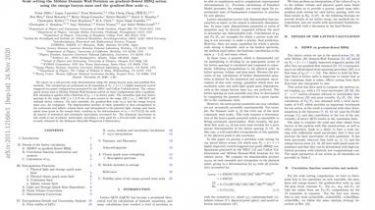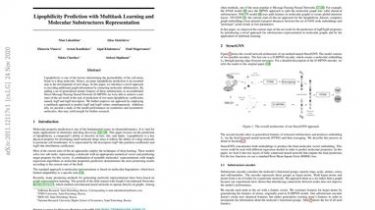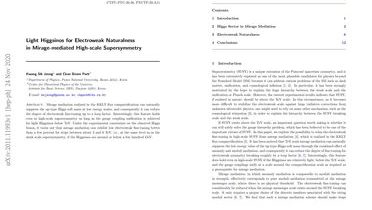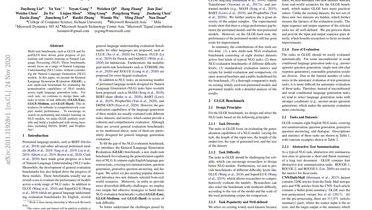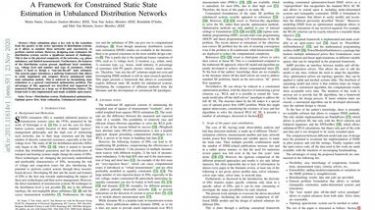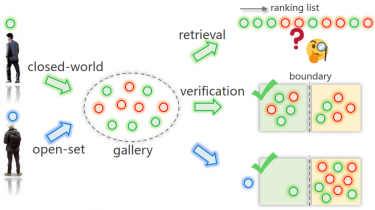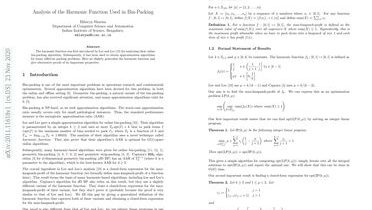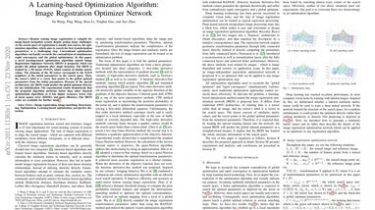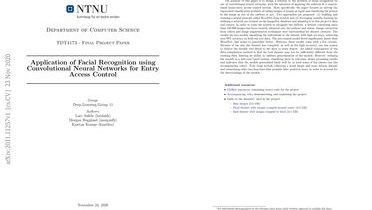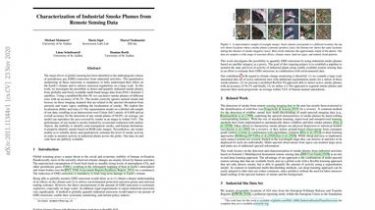Scale setting the M{ö}bius Domain Wall Fermion on gradient-flowed HISQ action using the omega baryon mass and the gradient-flow scale $w_0$
We report on a sub-percent scale determination using the omega baryon mass and gradient-flow methods. The calculations are performed on 22 ensembles of $N_f=2+1+1$ highly improved, rooted staggered sea-quark configurations generated by the MILC and CalLat Collaborations… The valence quark action used is M”obius Domain-Wall fermions solved on these configurations after a gradient-flow smearing is applied with a flowtime of $t_{rm gf}=1$ in lattice units. The ensembles span four lattice spacings in the range $0.06 lesssim a lesssim 0.15$~fm, six […]
Read more